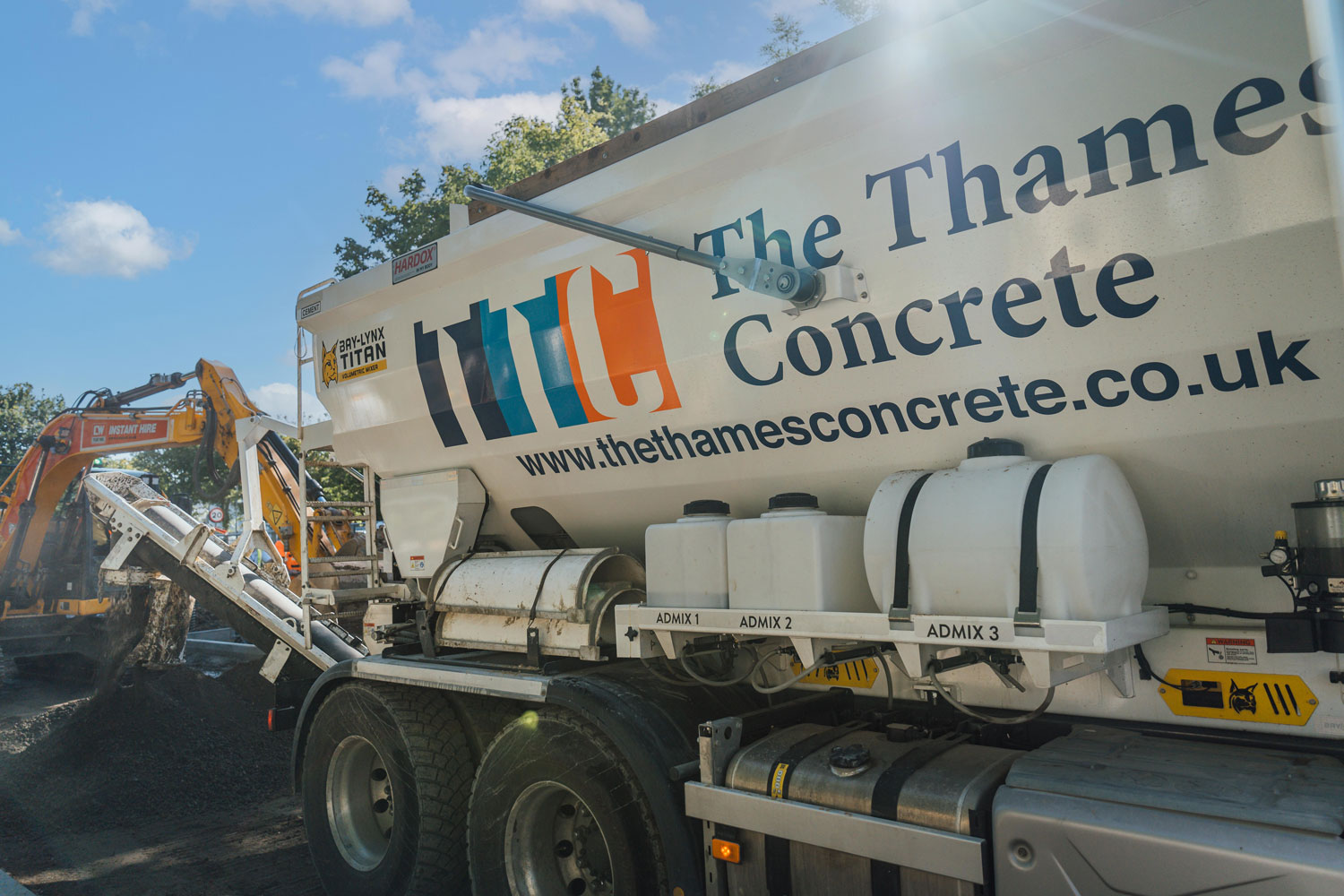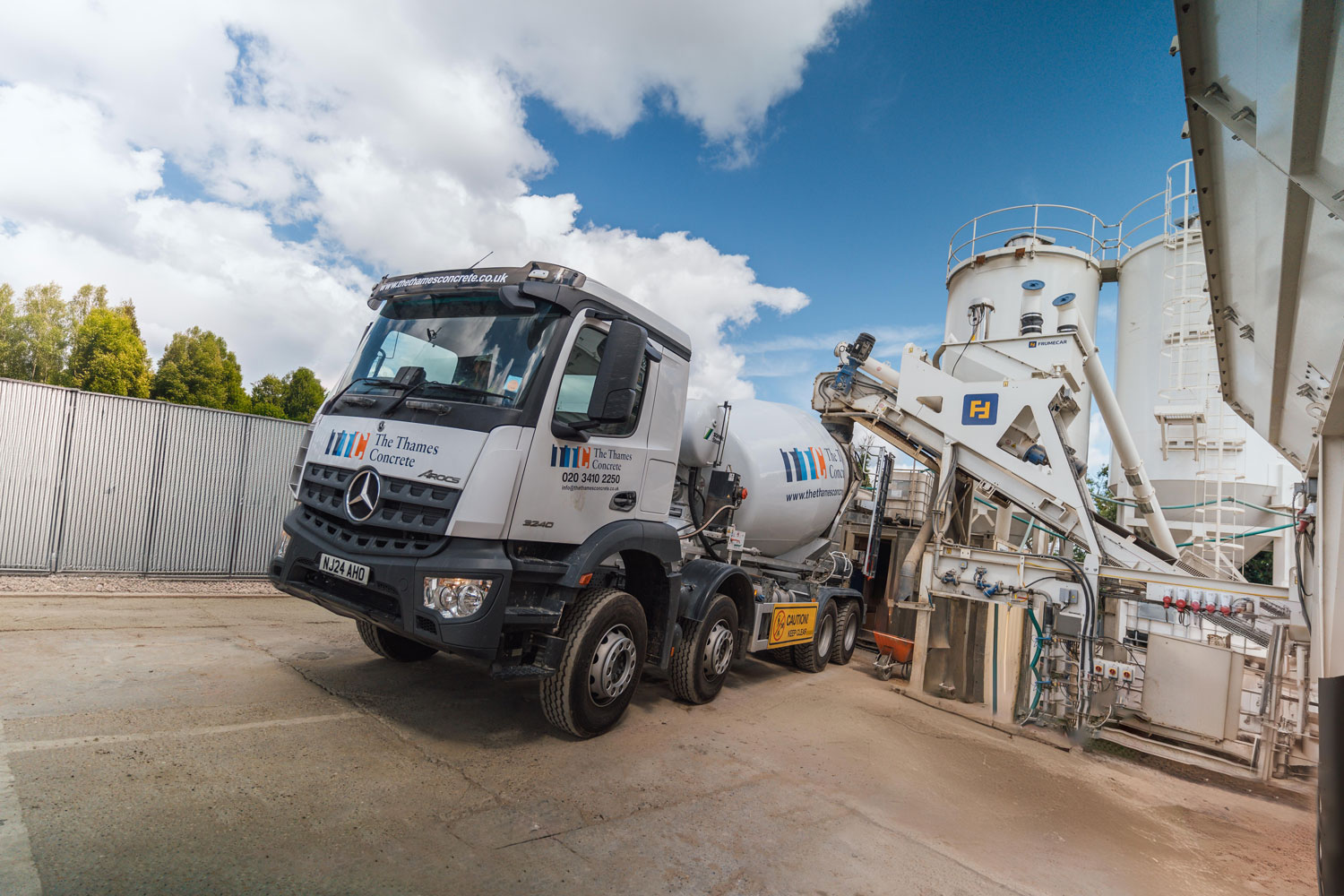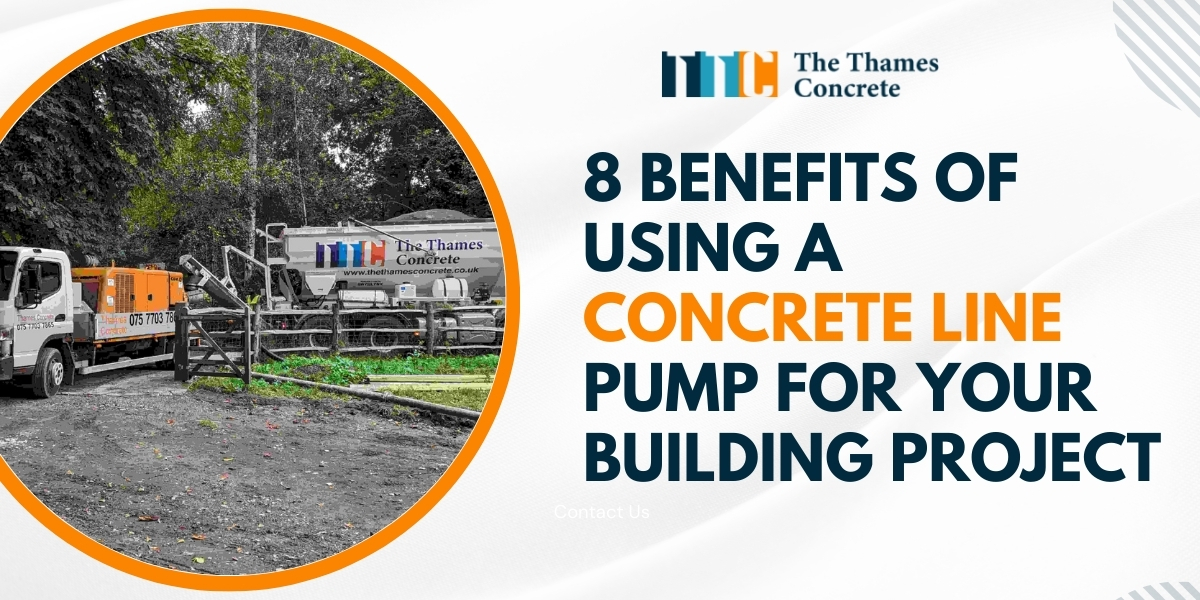
Concrete, Cement and Mortar: What’s the Difference?
While many people assume they are the same thing, concrete, cement and mortar are different materials with different purposes, such as:
Concrete: A strong, durable material made of cement, water and aggregates that provides strength and structural support.
Cement: A key ingredient in concrete and mortar, cement is used to bind everything together.
Mortar: A smooth adhesive mixture of sand, cement and water that is used to bond bricks, stone and masonry.
Whether you’re new to the world of construction and DIY or you’re an old hand already, there are three materials that you’ll have heard of before: concrete, cement and mortar. These terms are often used interchangeably, so many people may assume that they are the same thing.
However, concrete, cement and mortar are actually very different products, and using the wrong one could be a costly mistake for your project. With this in mind, the team here at The Thames Concrete has written this article explaining what sets them apart and which you should use for your project.
What is cement and when can it be used?
Cement is primarily made from quarried materials like limestone and clay, which are then ground down into a fine powder. When you add water, it hardens to become a strong paste. Essentially, cement is a binding agent that is a key ingredient in screed, concrete and mortar mixes. Although it can’t be used on its own, it is still a vital construction material that helps to ensure durability and stability for a whole host of projects.
What is concrete?
A standard concrete mix is made of three ingredients: cement, water and aggregates. However, the mix ratio can be adjusted to suit the specific demands of your project; for example, increasing the cement content can lead to a stronger and more durable mix. The type of aggregates you use can also affect the strength and consistency of the final mix; coarse aggregates can help improve load-bearing capacity, whereas fine aggregates lead to a smoother, more lightweight product.
If you want to enhance your concrete further and modify it to suit certain site conditions, you can also incorporate specific admixtures, such as fibres, retarders, accelerators, foaming agents and more.
When to use concrete
Concrete is one of the world’s most widely used construction materials and is used to provide long-lasting strength and stability to all manner of structures. From domestic DIY work to large-scale construction work, it’s incredibly versatile and has an extensive range of applications, including:
– Building foundations
– Roads
– Pavements
– Driveways
– Dams and marine structures
– Drainage systems
– And more
What is mortar and when is it used?
Like concrete, mortar is also made from cement, aggregates and water. However, unlike concrete, mortar only uses fine aggregates like sand, meaning the final product lacks the same level of strength. Instead, it is mainly used for its adhesive properties or to provide a smooth finish rather than for structural support. As it’s thicker, it doesn’t require pumping and can be instead applied entirely by hand using a trowel.
Mortar is a thick, workable paste that is typically used for:
– Bricklaying and stonework
– Plastering and rendering
– Masonry work
Choosing the right material for your project
To ensure that your next construction project is a success, it’s crucial that you understand the differences between concrete, cement and mortar, as using the wrong material could lead to structural weakness further down the line. Each material has its own distinct role: cement is used to make concrete, concrete then creates a solid foundation for a structure while mortar bonds the brickwork together.
When you work with a trusted concrete supplier like The Thames Concrete, we’ll ensure you get exactly the right construction materials for your project in no time – we even offer a 24-hour concrete delivery service. From standard volumetric and ready-mix concrete to much more specialised mixes, we do it all. Our experienced team works across West London, Middlesex, Berkshire, Buckinghamshire and beyond – contact us to find out more.















